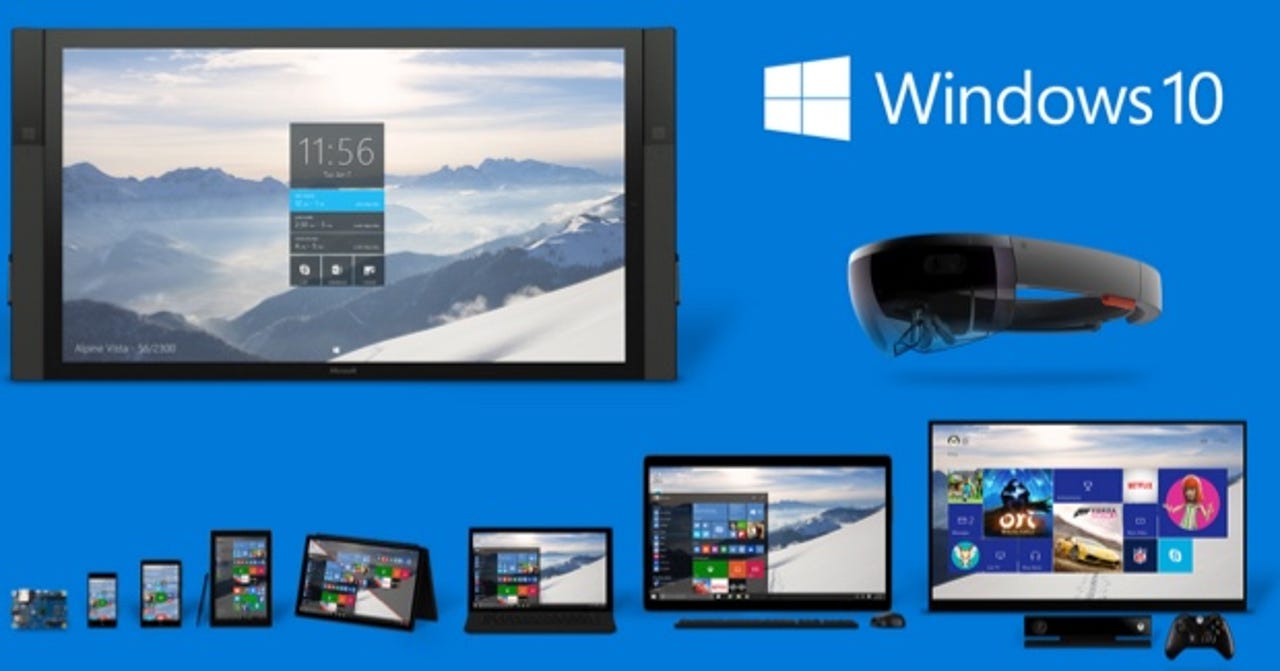Windows 10: The only major OS still trying to squeeze a buck from consumers


If you're eligible for the free upgrade to Windows 10, I encourage you to make sure that you grab it while you can, because once that temporary offer expires, Windows will be as expensive as ever.
Featured
And if you need a copy of Windows 10 and you're not eligible for the free upgrade - perhaps to run on your Mac, run inside a virtual machine, or on a new PC you've built - then a basic Windows 10 Home license will cost you $119. If you have your heart set on the Pro version then that price jumps to $199.
The same goes for those running Windows Vista or Windows XP. No free Windows 10 upgrade for you.
I'm having a hard time getting my head around this "business as usual" approach to retail pricing. Sure, it doesn't come as a surprise because Microsoft has always attached a stratospherically high price tag to retail copies of Windows for decades. But given how much CEO Satya Nadella has transformed the way the company brings in money, it's odd that he has chosen to continue to keep Microsoft as the only major operating system vendor that still tries to make a buck from consumers.
OS X is free. iOS is free. Android is free. Linux is free. You can get Windows 10 to run on a Raspberry Pi for free, so why not on other platforms.
Market share is a crucial metric, and operating system fragmentation makes developers, analysts and investors nervous, and based on this alone I would have expected Microsoft to have pulled out all the stops to get as many people running Windows 10 as possible. And a logical place to start doing this would be in the consumer space. I really can't see a downside to Microsoft literally giving Windows 10 away to any and all consumers who want it.
There are huge upsides to getting as many people using Windows 10 as possible, especially given all the advertising opportunities that are baked into the platform. Whether users are running it on a Mac, inside a virtual machine, or on a PC they're built, it means they continue to rely on Windows ecosystem rather than migrating elsewhere.
AR + VR
Putting a monetary obstacle in the way of people who want to jump to Windows 10 hampers Microsoft's vision for a service-centric, cloud-connected future for Windows.
Consumers also love getting stuff for free. Look at how they clamor for iOS, OS X, and Android updates.
My recommendation to Microsoft is simple: Forget about selling expensive retail copies through vendors such as NewEgg or Amazon and just create a page where people can sign up -- using a Microsoft account, which gets more people into that ecosystem -- to get a license key and the ISO. Then watch as market share for the new operating system explodes.
Outside of a tiny fall in revenue -- retail upgrades are a drop in the ocean for Microsoft -- this is a win-win situation for Redmond. And if losing that revenue really is such a big deal, then just make that a time-limited offer too.
I like Windows 10, and it's refreshing to see Microsoft start to do things differently, but there's room for more change. I don't see Microsoft being able to continue to sell Windows to consumers for much longer, so at some point it will have to embrace the freemium model even if it hurts revenues in the short term. Microsoft also needs to get serious about the way it pushes incremental improvements to its products because historically it has an abysmal track record in that arena -- remember the Ultimate Extras debacle?
By removing the price tag from Windows, not only does Microsoft remove a major obstacle to consumer adoption, it frees itself from having to rely on gimmicks like Ultimate Extras so it can instead focus on making the platform the best it can be.
See also: